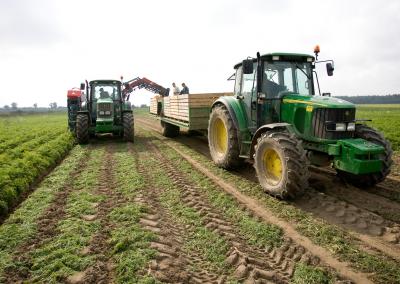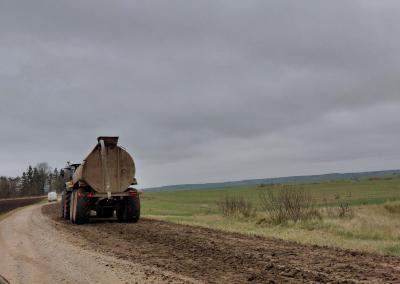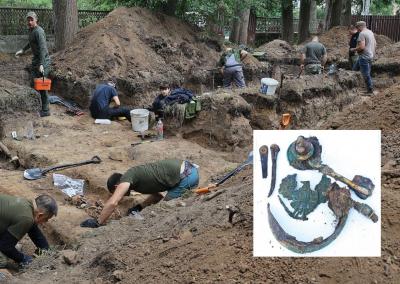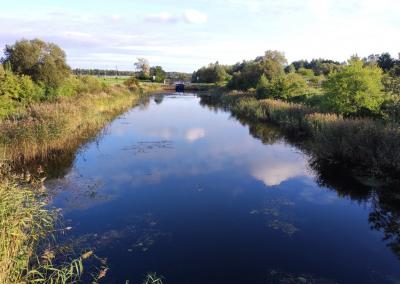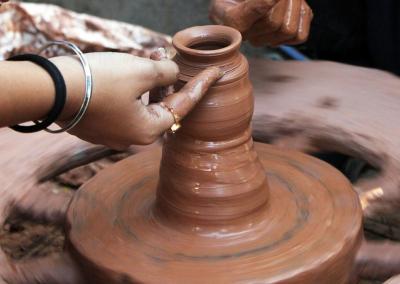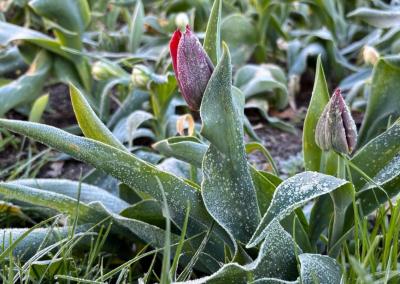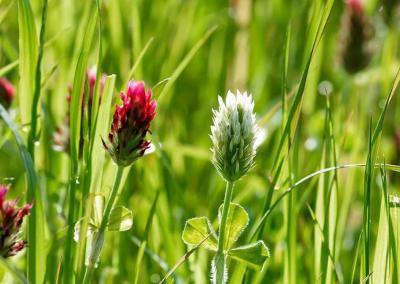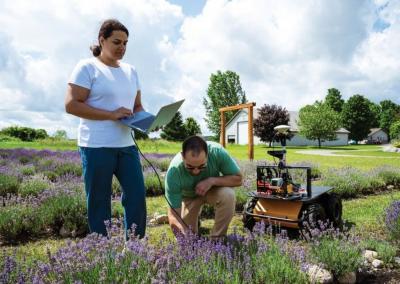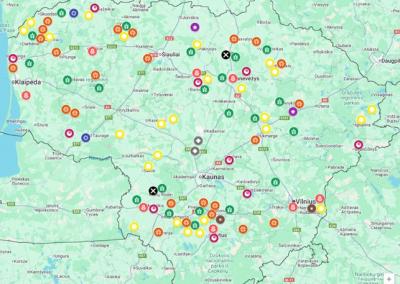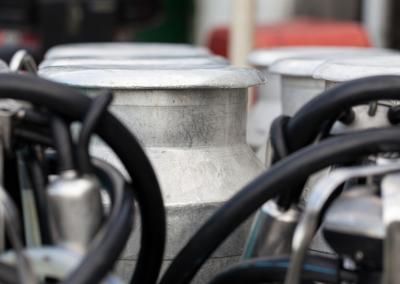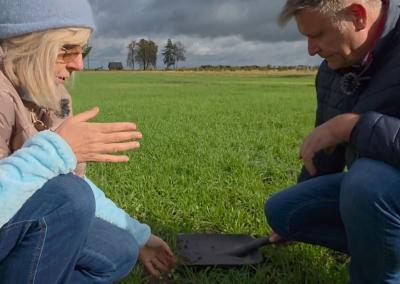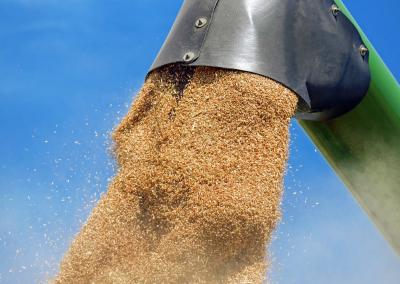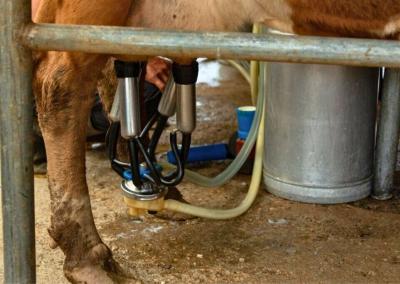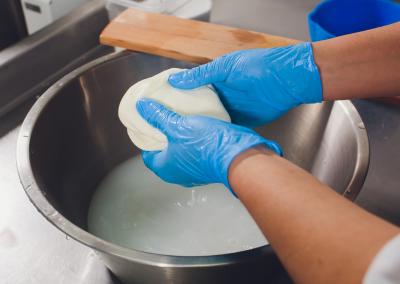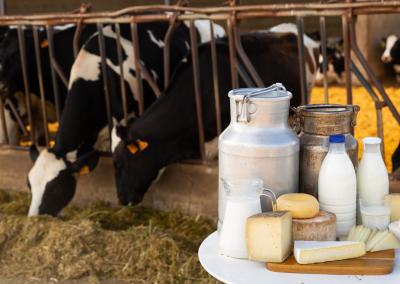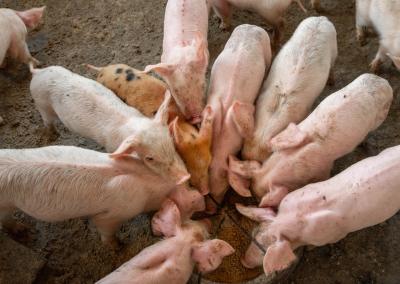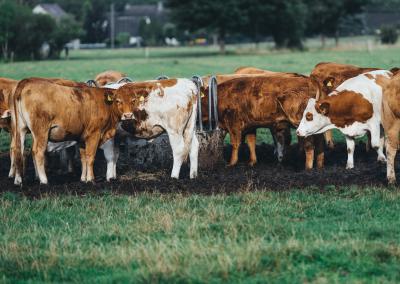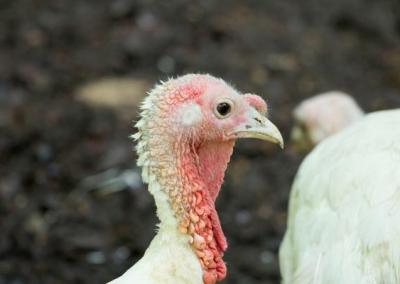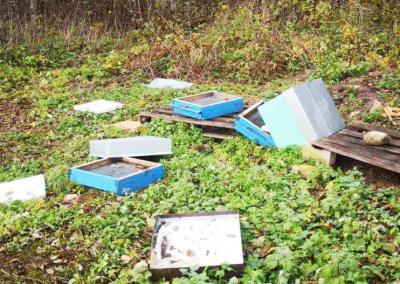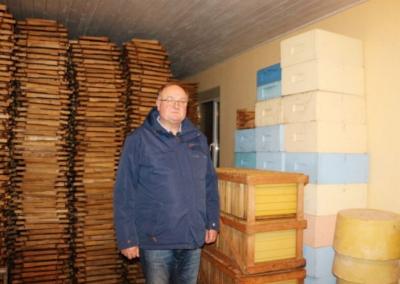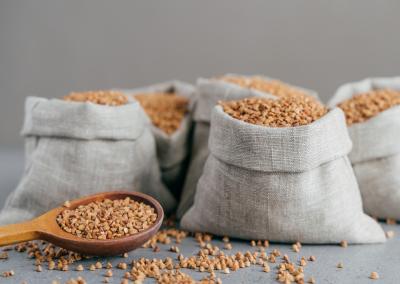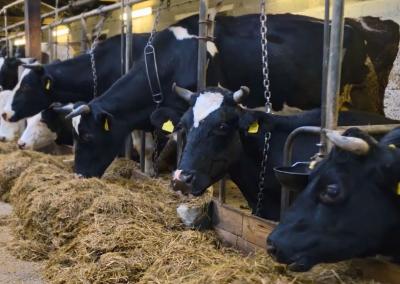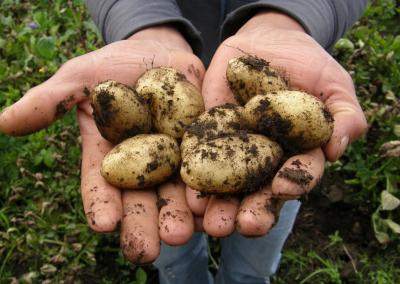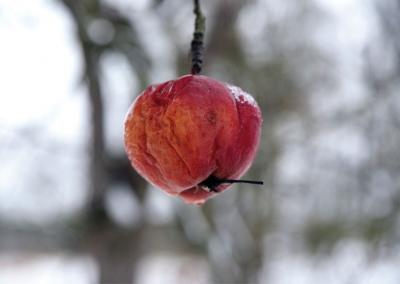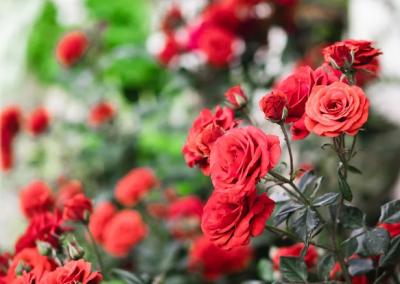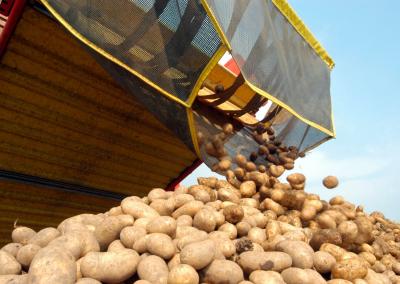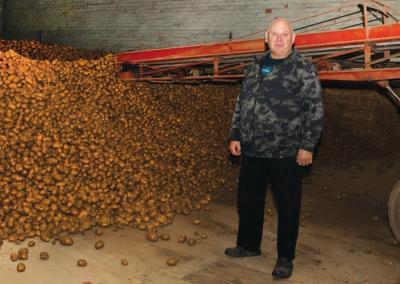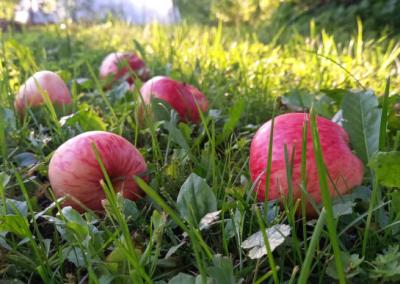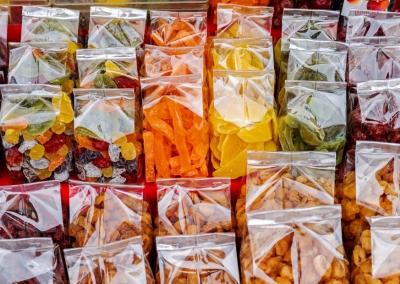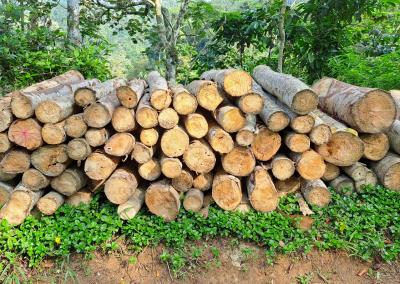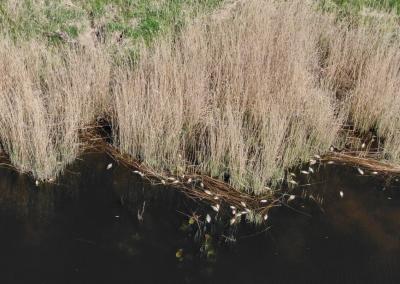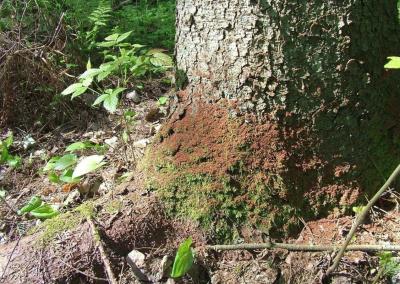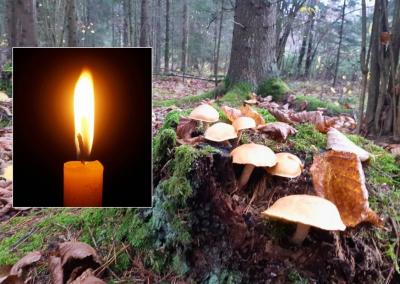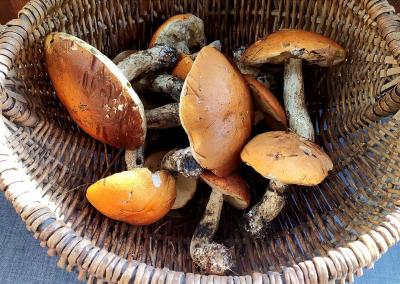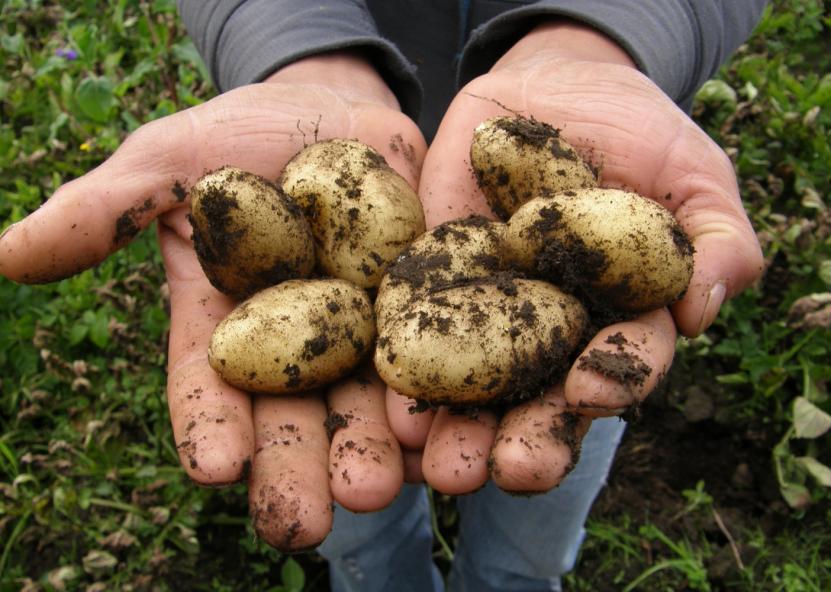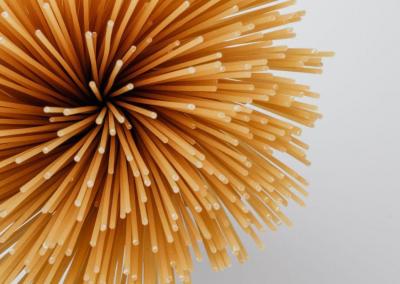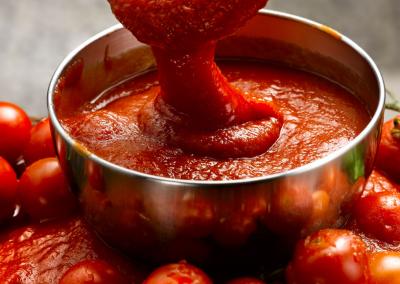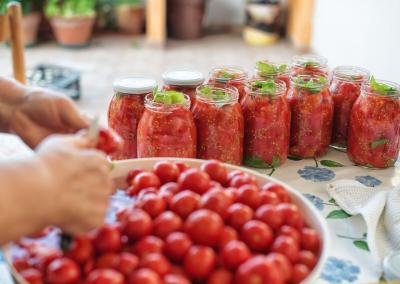I don't throw away potato and carrot peelings, but once a week I use them at home
In the cold season, most of us just throw away our vegetable peelings because the compost heap outside the window doesn't work in winter. But there's a little secret hidden in the kitchen that can completely change the rules of your houseplanting. What we normally think of as waste - potato, carrot or cucumber peelings - can turn into a powerful, all-natural and free source of fertiliser. Science has long shown that the organic matter that is good for plants is hiding right where we don't see it. And in winter, this trick is a real lifesaver.
How to make fertiliser from potato and carrot peelings
In summer, it's clear where to put the peelings of vegetables such as potatoes, carrots or cucumbers – they go straight to the compost bin. But what to do in winter? Many housewives simply throw them in the rubbish. But they can be used to make valuable fertiliser for houseplants.
You may have heard that banana peels can be used to make a dressing that enriches the soil with potassium. Vegetable peelings can be used in a similar way. They enrich the soil with potassium, phosphorus, beneficial sugars and other nutrients.
What kind of peel is this good for?
But it is important to note that not all vegetable waste is suitable for making this dressing. The following are best suited:
- potato and carrot peelings
- cucumber, courgette, pumpkin peelings
- apple peelings
- onion shells
What not to use?
The following should not be added to fertiliser:
- leaves of cabbages,
- garlic,
- citrus fruit peel,
- peel of salted or pickled vegetables.
These components can damage the soil or damage the root system.
How to make a decoction
Also, do not use peelings if they are already mouldy — only take fresh and clean vegetable waste. Put them in a pot, cover with 1 litre of water and boil for 10 15 minutes. Afterwards, filter the decoction and cool it to room temperature.
This decoction can be used to water houseplants once a week, replacing the usual watering. If you do not use all the decoction at once, the remainder can be poured on a flower bed in the yard or near a tree. The composition of the decoction can be varied — this will provide the plants with different trace elements each time.
This vegetable decoction not only nourishes the plants but also improves the soil structure. The organic matter in the peel helps to loosen the soil, promotes root respiration and better water absorption. This is particularly useful in winter, when plants are exposed to light deficiencies and are more sensitive to nutrient deficiencies. By using different vegetable peelings, you can naturally replenish the soil with what it needs most at the time — without chemicals and at no extra cost.


